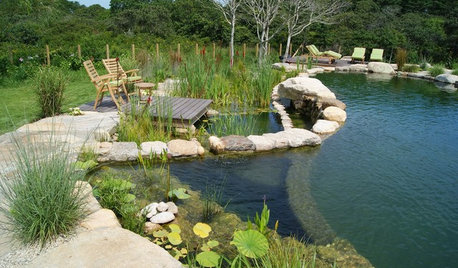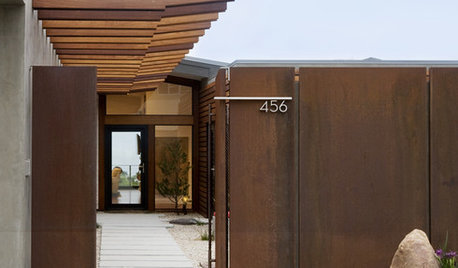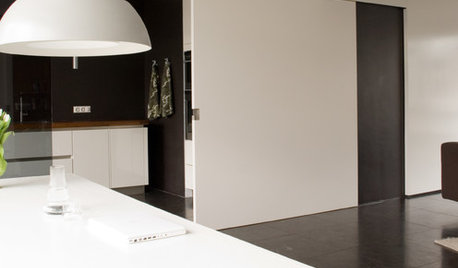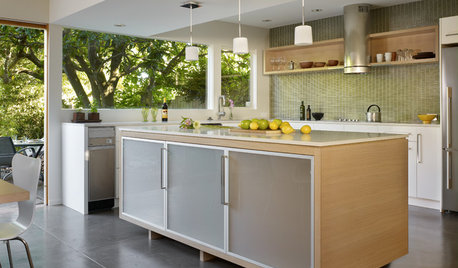When to start buying seed? And listen to my lack of success... :(
ms_minnamouse
14 years ago
Related Stories

FURNITURE10 Secrets of Successful Secondhand Furniture Shopping
Design professionals offer tips on how, where and what to buy
Full Story
ORGANIZINGSmall Steps to Organizing Success
Take care of bite-size projects, and your home's big picture will be an organized dream before you know it
Full Story
GARDENING FOR BUTTERFLIESA Quick-Start Guide to Bird-Watching for Fun and Learning
Set out some seed and grab your field guide. Bird-watching is an easy, entertaining and educational activity for the whole family
Full Story
REMODELING GUIDES5 Ways to Protect Yourself When Buying a Fixer-Upper
Hidden hazards can derail your dream of scoring a great deal. Before you plunk down any cash, sit down with this
Full Story
HOUZZ TOURSMy Houzz: 'When We Buy It, It's Forever'
This family is picky about what fills their vintage-chic Netherlands apartment, and the strategy works beautifully
Full Story
REMODELING GUIDES6 Steps to Planning a Successful Building Project
Put in time on the front end to ensure that your home will match your vision in the end
Full Story
LANDSCAPE DESIGNSecrets of a Successful Water Garden
Relax. Having a water garden is much easier once you understand the basics
Full Story
MOST POPULAR8 Things Successful Architects and Designers Do
Good architects tell a story and engage the senses. They understand the rules — and know when to break them
Full Story
DESIGN DETAILSThe Secret to Pocket Doors' Success
Pocket doors can be genius solutions for all kinds of rooms — but it’s the hardware that makes all the difference. See why
Full Story
REMODELING GUIDESWhat to Consider Before Starting Construction
Reduce building hassles by learning how to vet general contractors and compare bids
Full Story


silverkelt
drippy
Related Discussions
When do you start your seeds?
Q
When do u start potting seeds and what r u planning to seed?
Q
Please help me get my tomato seeds off to a good start
Q
Please help me get my tomato seeds off to a good start
Q
lynnencfan
littleonefb
ramazz
dawiff
anna_in_quebec
littleonefb
stage_rat
ms_minnamouseOriginal Author
dawiff
vera_eastern_wa
ms_minnamouseOriginal Author
ms_minnamouseOriginal Author
anna_in_quebec
silverkelt
littleonefb
ms_minnamouseOriginal Author
littleonefb
dawiff
kqcrna
mmqchdygg
ms_minnamouseOriginal Author
kqcrna
ms_minnamouseOriginal Author
kqcrna
mmqchdygg
mmqchdygg
Lisa_H OK
stage_rat